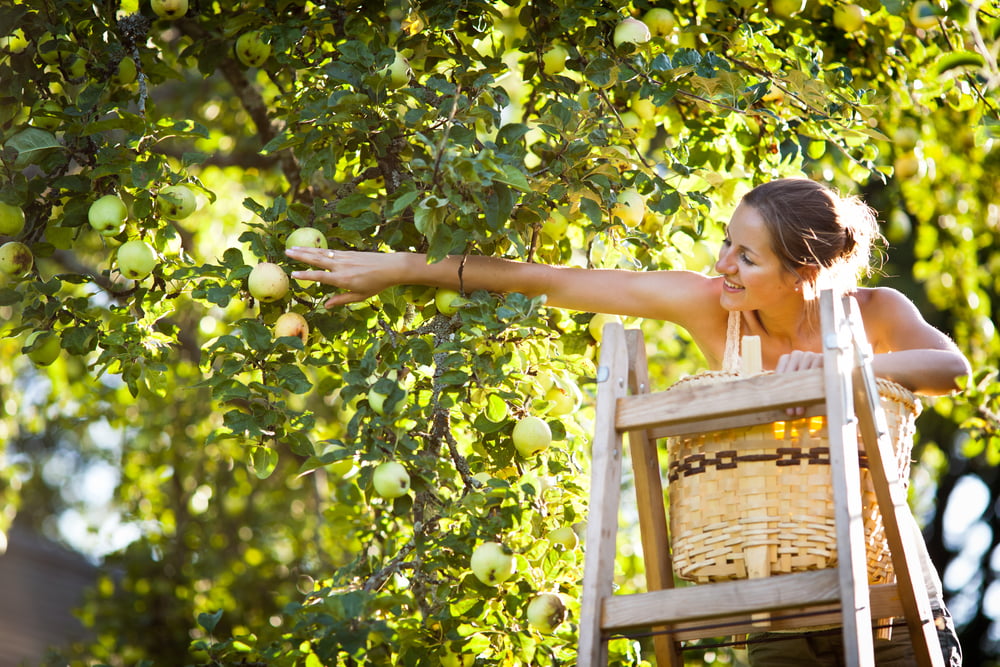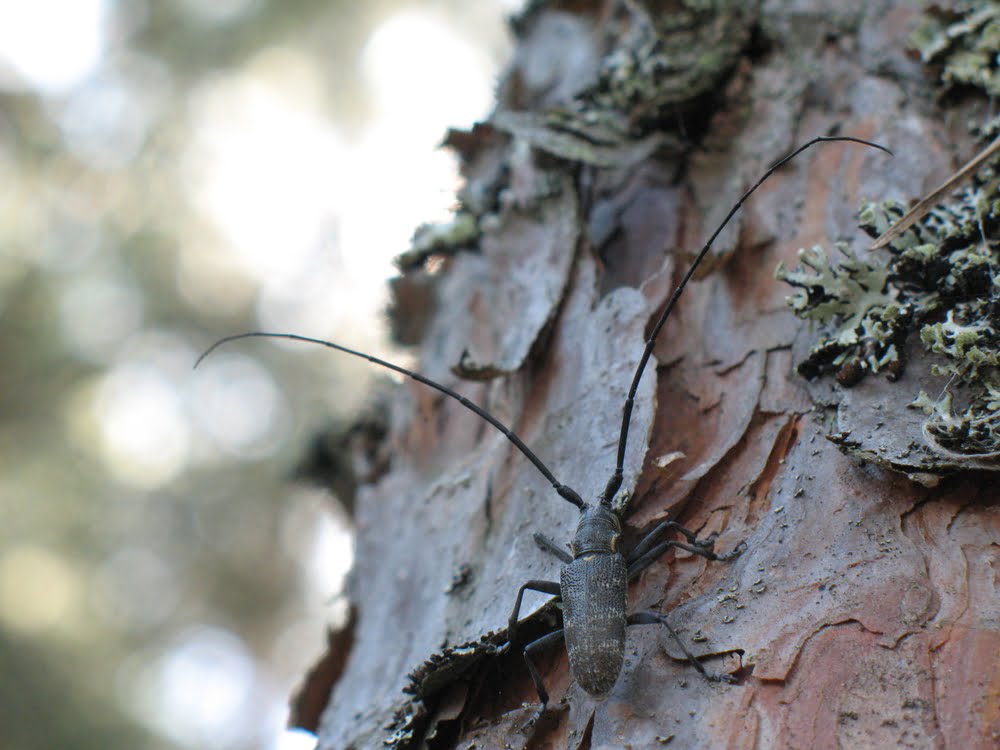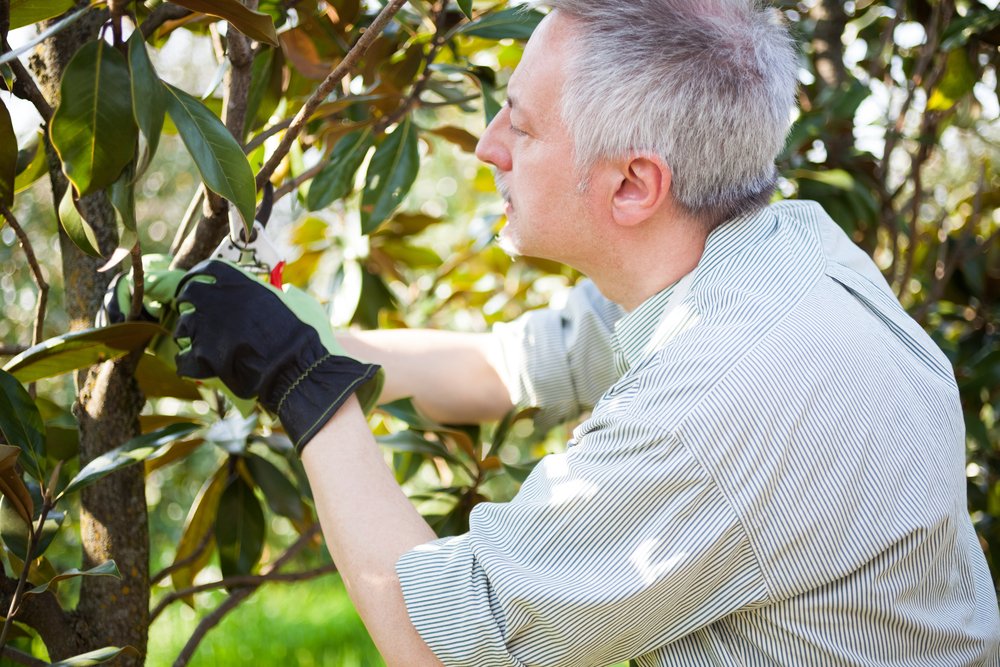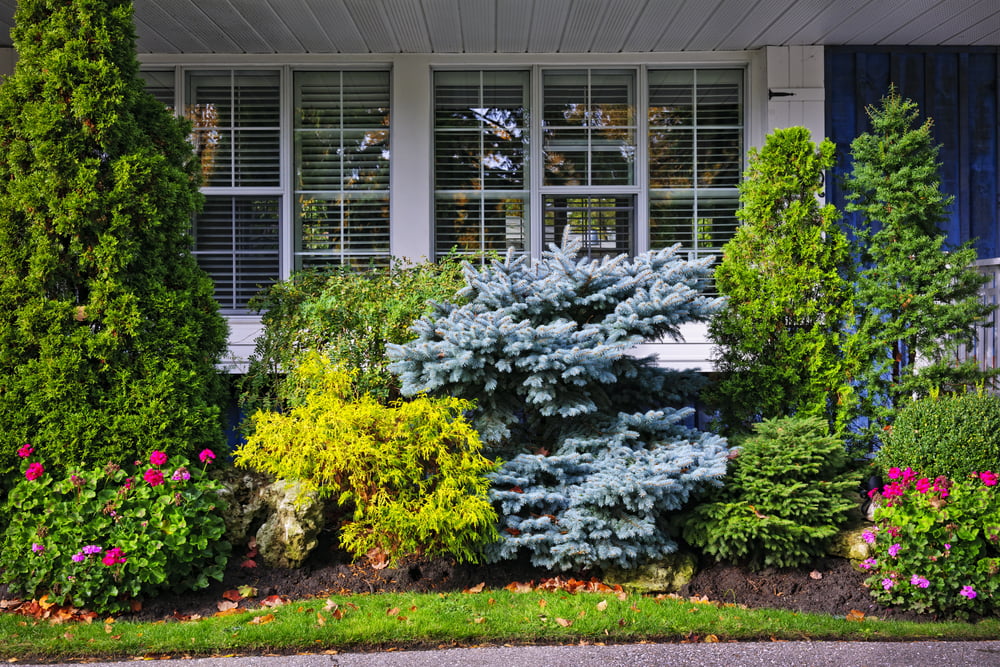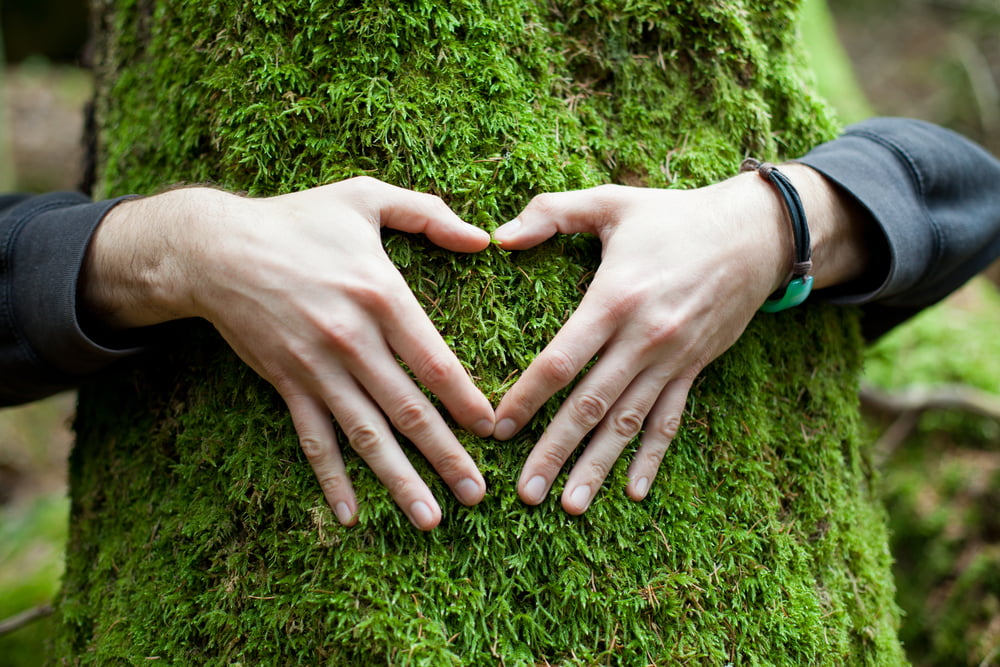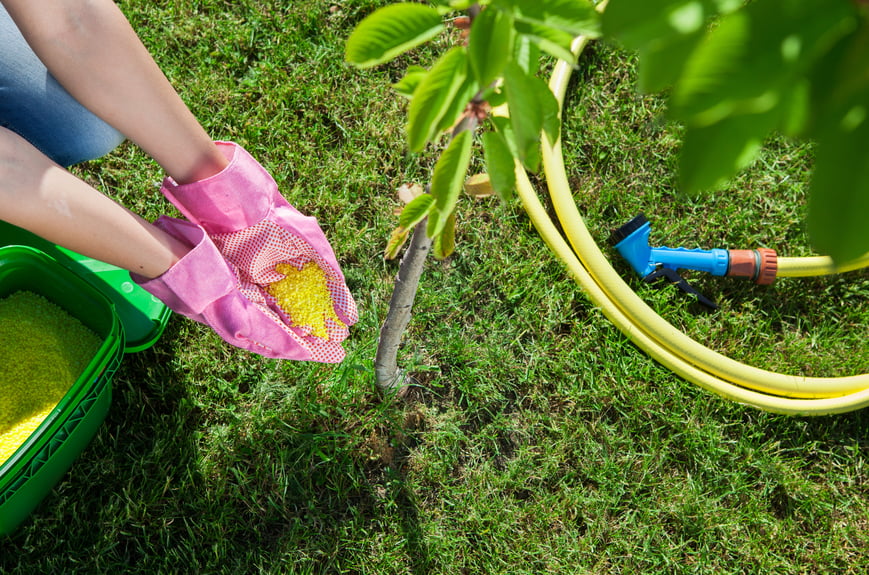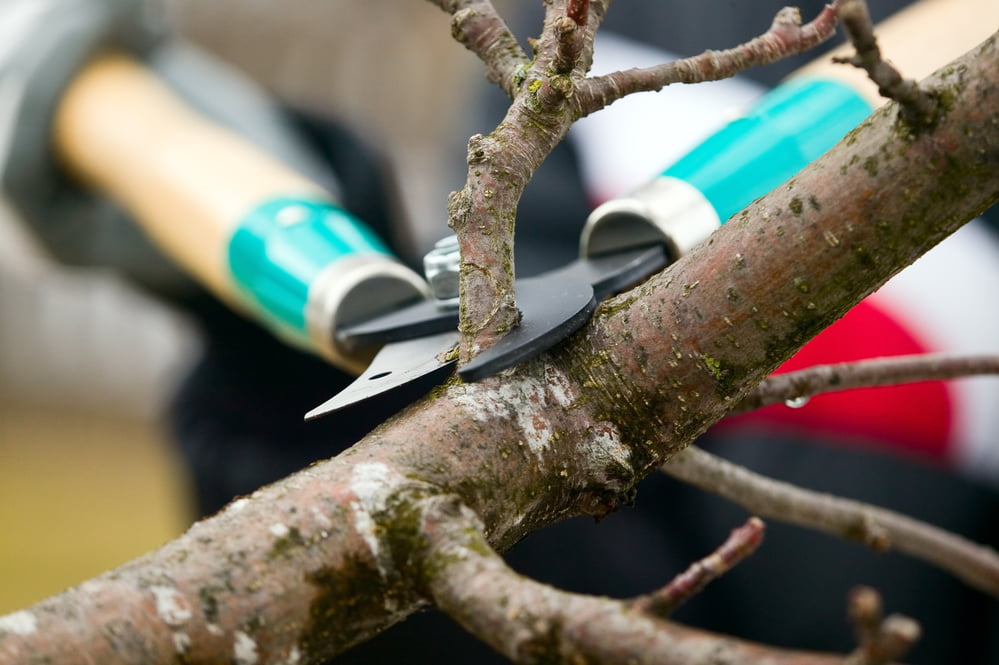
It’s nearly tree-trimming season, but how soon is too soon? You don’t want to start trimming too early, since this can be harmful to shrubs and trees. The general rule of (green) thumb is to wait until the leaves are falling, but that window can vary greatly, depending on the species and your region. It’s probably safe to prune one or two wayward branches, but cutting large limbs or crown thinning should be put on the back burner until autumn is in full swing.
In the early autumn, wounds from pruning are slow to heal. This makes your plants vulnerable to diseases. In some cases, you may want to wait as late as winter or even early spring. Plus, keep in mind that pruning during early autumn can encourage new growth. That sounds like a good move, but that new growth doesn’t stand a chance against an impending Utah winter. You may do more damage than good, and you’ll be the one cleaning up that mess come spring.
The Waiting Is the Hardest Part
Make sure your trees or shrubs have achieved true dormancy before pruning. This happens earlier for some species than others. However, oftentimes October and November are months in which some trees become dormant. This is also the best time to gauge the shape of the tree and spot insect issues and diseases, simply because it’s easier to see the overall structure. Evergreens are especially good for trimming in dormancy, since they’re gearing up for a hearty spring growth that will keep any wounds hidden.
Autumn is also a great time for tree transplants (as long as they’re small enough). Root pruning can often take place in October, since you want to encourage new growth at the root. Doing so helps the transplant take hold and embrace new surroundings. You also want to make sure that the new location is in healthy soil and there’s plenty of room for future growth.
The Exception to the Rule
It’s always the right time of year to trim diseased or dead wood. The sooner you take care of this problem area, the better. However, doing so can be dangerous, especially if you have large trees or high branches. In this case, hire a professional to do the dirty work. It’s yet another reason why bi-annual arborist inspections are so important. These pros can quickly spot problem areas that you might not notice.
Some homeowners wisely rely on a professional to take care of all their tree trimming, disease/insect control, holiday light stringing and fertilization. While you might have a green thumb and enjoy some aspects of gardening, the bigger projects (like tree removal and trimming) are best completed by experts. Call Reliable Tree Care today for all of your autumn tree-trimming needs, and head into dormancy with a happy, healthy yard.

